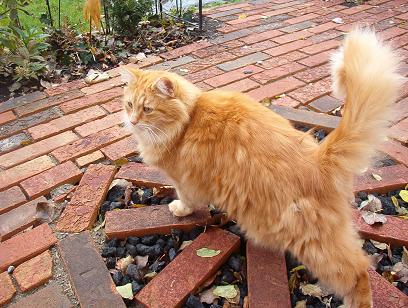Storing Produce Off Your Trees Is Not That Hard
Pruning is a vital part of tree care, however it works just when it is done correctly. Inappropriate techniques can irreparably damage trees, resulting in shorter life expectancies and greater threat of branch or trunk failure. Well-pruned trees can supply years of shade and pleasure to their owners and neighbors. Correct pruning reduces the risks related to trees; eliminates disputes with walkways, buildings, and streets; enhances their structure; and makes them more appealing. An excellent arborist constantly makes an effort to attain preferred objectives while triggering minimal damage to the tree. In most cases, an excellent pruning job will remove just dead branches and a bare minimum of live tissue. When uncommon circumstances require more live branches to be gotten rid of, a great arborist will attempt to prepare the work to take place during inactive durations and will spread the work over numerous seasons when possible.
Topping is when branches are cut off quickly, leaving large stubs. This practice, in some cases called "hatracking," is particularly typical on Crape Myrtles, which earned it the nickname "crape murder." A typical myth is that trees often get too high and should be topped to make them much safer. In truth, the long term result of topping is to make trees less safe. New growth from topping cuts (likewise called heading cuts) tends to be inadequately connected. There is likewise more extensive decay at the website of heading cuts. As the new branches get bigger, they often break away from the tree and fall.

It is in some cases sensible to reduce the size of trees. Some http://www.bbc.co.uk/search?q=trees species are fragile and tend to overextend themselves. Pecan trees are a prime example. In addition to developing long, arching branches, they can get extremely heavy when the fall crop of nuts is at its max, and branches typically break under these loads. The right method to reduce a tree's canopy is to minimize branches from the tips. By making appropriate pruning cuts that reduce the longest limbs, we can lower both the weight of the branches and also the amount of location that will be captured by strong winds. It is much easier to hold it close to your body than with your arm extended if you envision holding a little dumbbell or other weight. tree stump grinding expert This very same principle uses to trees.
Likewise called "poodle-dogging" or "removing out," lion-tailing is the removal of a large part of the interior growth in a tree. It is in some cases called "getting rid of suckers" by uninformed tree employees. In reality, interior branches are not drawing anything from the tree; they are doing simply the opposite. Every leaf on a tree produces energy from sunshine through a process called photosynthesis. This energy is transferred throughout the tree, where it is kept in the roots and woody tissue as sugars and starches. These saved compounds assist the tree endure through stressful times, such as dry spell or soil compaction.
When interior branches are eliminated, the tree loses a few of its capability to produce this energy. However there are more reasons to avoid lion-tailing. When all the interior development is eliminated from a tree, the bark is unexpectedly exposed to sunlight. This can cause sun scald, which frequently triggers the bark to die and exposes the interior wood to decay. The result is weaker limbs that might be likely to break years later.
Likewise, little branches support big branches. The diameter of a parent branch will be bigger ahead of the side branch than beyond it. The greater the taper of a branch, the more powerful it will be. When all the leaves and side branches are at the very ends of a long limb, there is very little taper and the branches are more prone to breaking. Since all of the weight and wind load are pressed to the ends, they have a higher result on powerlessness in the limb, making them still more likely to break.
![]()
But that is not all. When interior branches are kept, they dampen the effects of wind motion on the moms and dad branches. Each side branch dissipates a bit of energy, so more side branches means more dampening. Again, the parent branches are less likely to break.
Lastly, interior development provides a chance when extreme weather, mechanical damage, or some other cause does break a limb. Instead of having to make a heading cut that will result in issues down the roadway (see "Topping" above) or take the entire branch back to its point of origin, we can frequently conserve part of the broken branch by sufficing back to an interior limb.
So, the appropriate method to prune a tree is to retain as lots of interior live branches as possible. We attempt not to remove green tissue unless it is broken, it hangs too low over the street or walkways, or it is causing damage to structures below. There are exceptions (see "Topping" above), but a great arborist understands that a successful pruning task will lead to mainly dead branches going into the chipper or brush trailer at the end of the day.